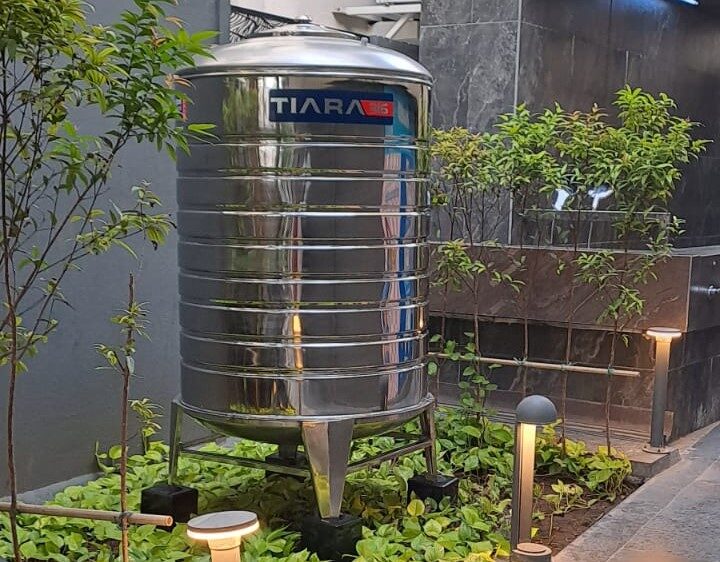
Lorem ipsum dolor sit amet, consectetur adipiscing elit. Ut elit tellus, luctus nec ullamcorper mattis, pulvinar dapibus leo.
Stainless steel is a remarkable material that has revolutionized numerous industries, including water storage and delivery systems. Known for its durability, resistance to corrosion, and aesthetic appeal, stainless steel has found widespread use in applications where water taste and purity are paramount. This article delves into how stainless steel influences water quality, safeguarding its taste and purity.
Corrosion Resistance and Water Purity
One of the standout features of stainless steel is its exceptional resistance to corrosion. Unlike traditional materials such as iron or copper, stainless steel does not rust or leach harmful substances into the water. This property is attributed to its chromium content, which forms a passive oxide layer on the surface, preventing chemical reactions with water. As a result, stainless steel preserves the water’s purity by eliminating the risk of contamination from metal ions or rust particles.
Neutrality in Taste
Stainless steel’s inert nature makes it an ideal material for water storage and transportation. It does not react with water, ensuring that the liquid retains its natural taste. Unlike plastic containers that may impart a synthetic or chemical flavor to the water, stainless steel maintains its neutrality. This is particularly critical for industries like food and beverage, where water quality can influence the taste of the final product.
Ease of Maintenance
Another factor contributing to water purity is the ease with which stainless steel can be cleaned and maintained. Its smooth, non-porous surface minimizes the accumulation of biofilms, sediments, or microorganisms. Regular cleaning with standard sanitizing agents suffices to maintain hygiene, further ensuring the water remains uncontaminated. This ease of maintenance makes stainless steel a popular choice for water tanks, pipelines, and even reusable water bottles.
Environmental Benefits
Stainless steel also offers environmental advantages that indirectly impact water quality. As a recyclable material, it contributes to sustainable practices by reducing the reliance on disposable plastics. By choosing stainless steel water containers over plastic bottles, consumers help minimize plastic waste that could otherwise pollute water sources.
Applications in Water Systems
From domestic water storage tanks to advanced water treatment plants, stainless steel is widely utilized in systems where water purity is non-negotiable. In addition to its corrosion resistance, it is durable and can withstand extreme temperatures, making it suitable for both hot and cold water systems. These features underscore its effectiveness in maintaining water quality across diverse applications.
Conclusion
The role of stainless steel in preserving water taste and purity cannot be overstated. Its corrosion resistance, neutrality, and ease of maintenance make it an ideal material for ensuring the highest standards of water quality. Additionally, its environmentally friendly nature aligns with global sustainability goals. Whether in industrial applications or everyday use, stainless steel sets a benchmark for the safe and pure delivery of water. Embracing this material is a step towards safeguarding both human health and the environment.


